It was William Rufus, son of William the Conqueror, who restored Carlisle to the English kingdom. Rufus entered the city through Botchergate. The long-demolished gateway has given its name to today’s street – Botchergate.
Text about the history of this site.
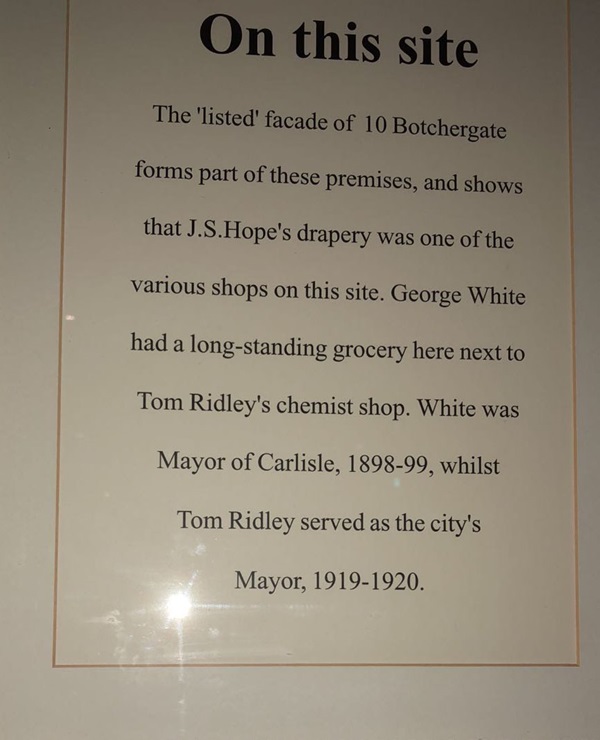
The text reads: This listed façade of 10 Botchergate forms part of these premises, and shows that JS Hope’s drapery was one of the various shops on this site. George White had a long standing grocery here next to Tom Ridley’s chemist shop. White was mayor of Carlisle, 1898-99, whilst Tom Ridley served as the city’s mayor, 1919-20.
A photograph of Citadel Station.
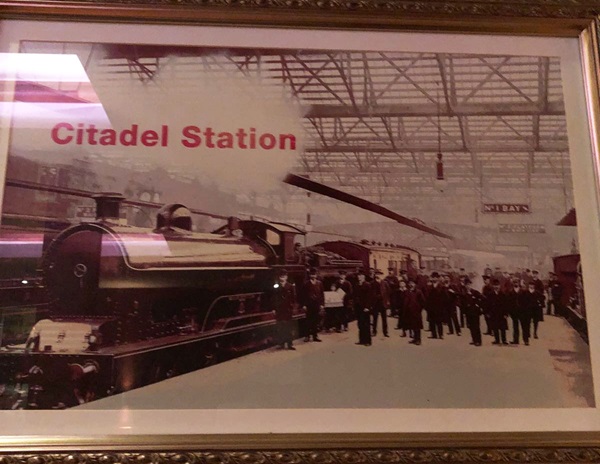
Illustrations of the cathedral, showing the east end of the fratery and south transept.
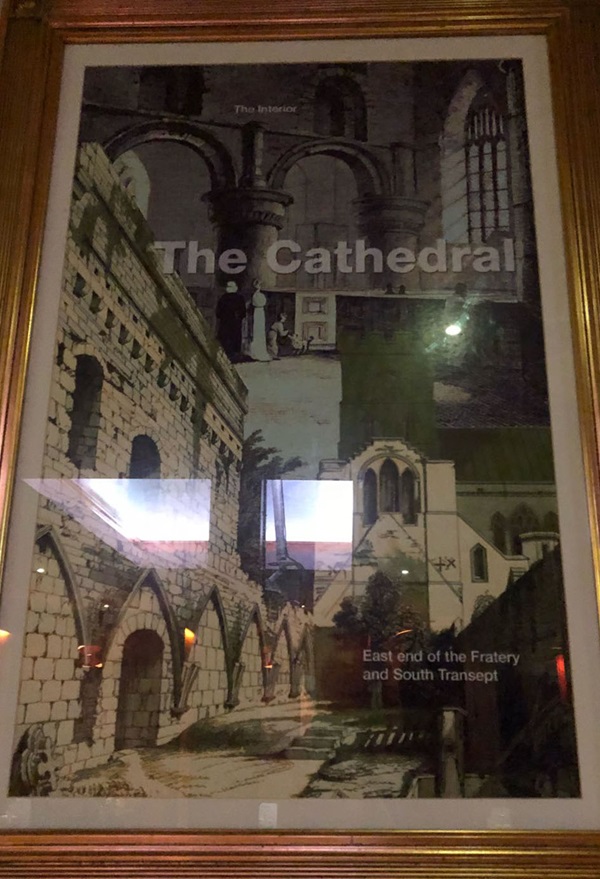
The text reads: The original castle was an earth and wood construction built by William Rufus, in 1093, at the northern end of the medieval city. In 1122 Henry I ordered that Carlisle Castle should be built in stone. The city walls and stone keep followed soon after.
King Edward I was a frequent visitor, and parliament was held within the castle walls on several occasions. In 1568 Mary, Queen of Scots was confined here, following her abdication from the Scottish throne.
The castle also played a part in the Civil War. An eight month siege by parliament began in 1644, and only ended when the Royalists within finally ran out of food. 100 years later supporters of Bonnie Prince Charles locked themselves in the castle, but they surrendered a few days later.
A photograph of the entrance gate, Carlisle Castle, c1900.
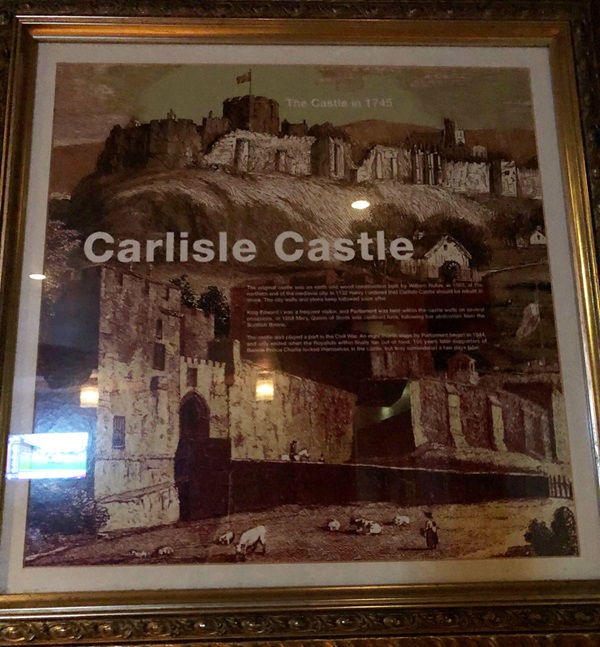
Old photographs showing which shops used to be on Botchergate.
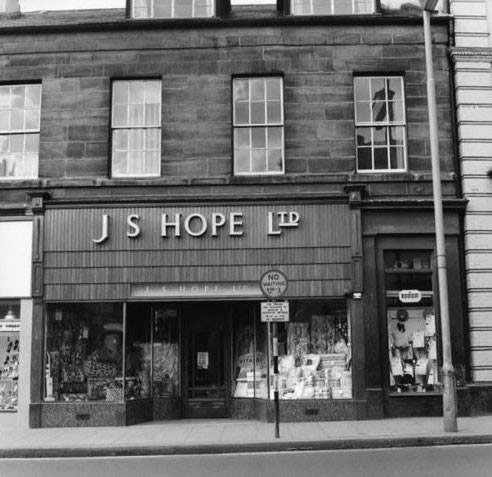
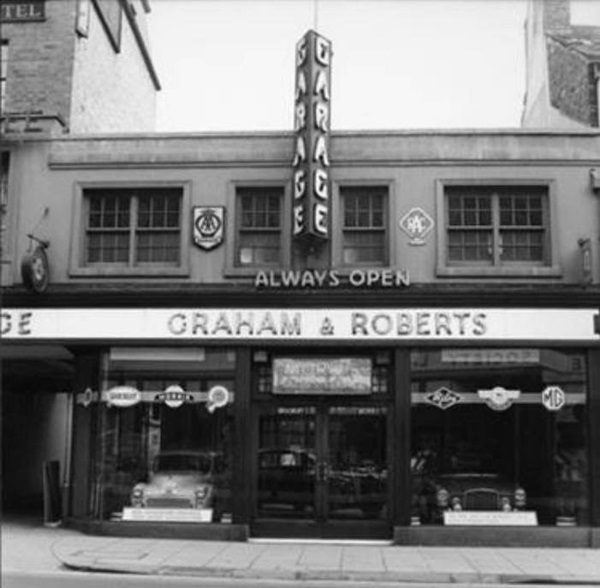
A photograph of Botchergate looking north, Carlisle.
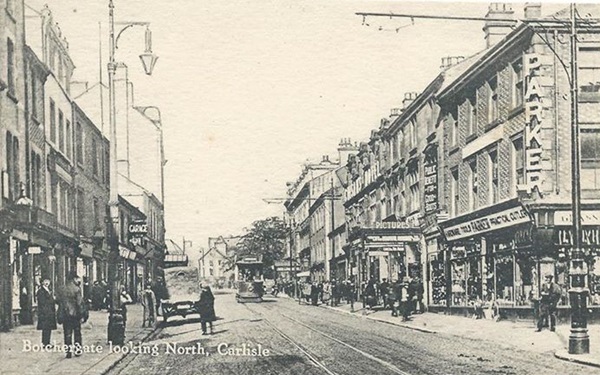

Old photographs of the rear of the pub, which used to be a popular bar called Platform One.
This site was developed into a beer garden in 2014.
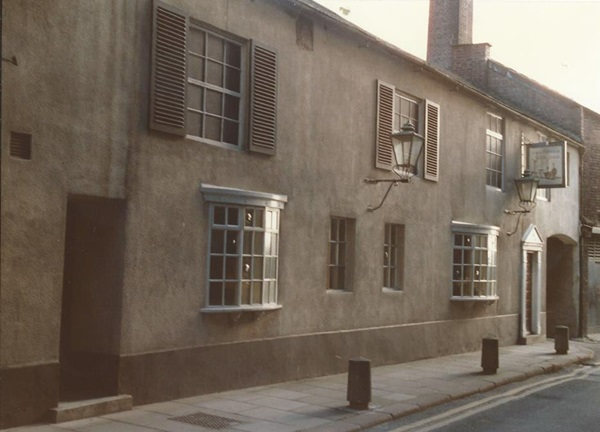
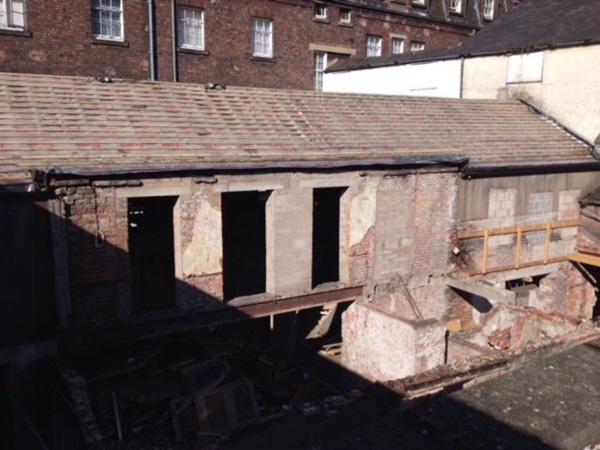
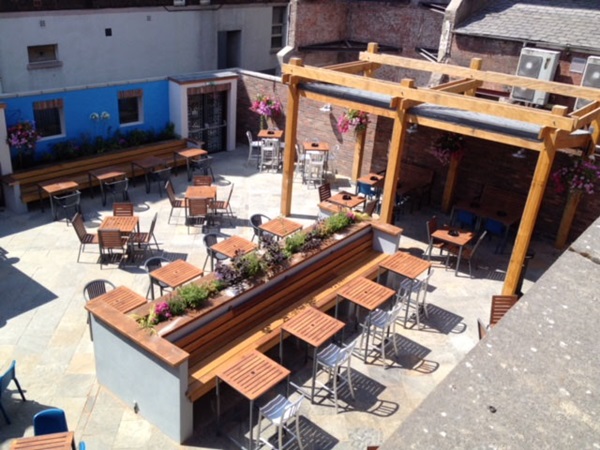
External photograph of the building – main entrance.
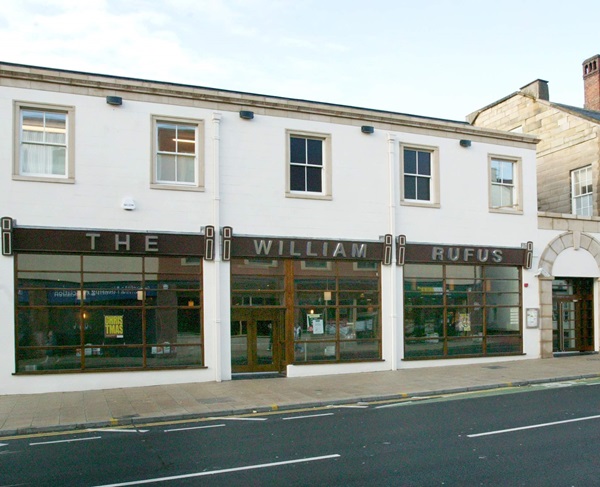
If you have information on the history of this pub, then we’d like you to share it with us. Please e-mail all information to: pubhistories@jdwetherspoon.co.uk